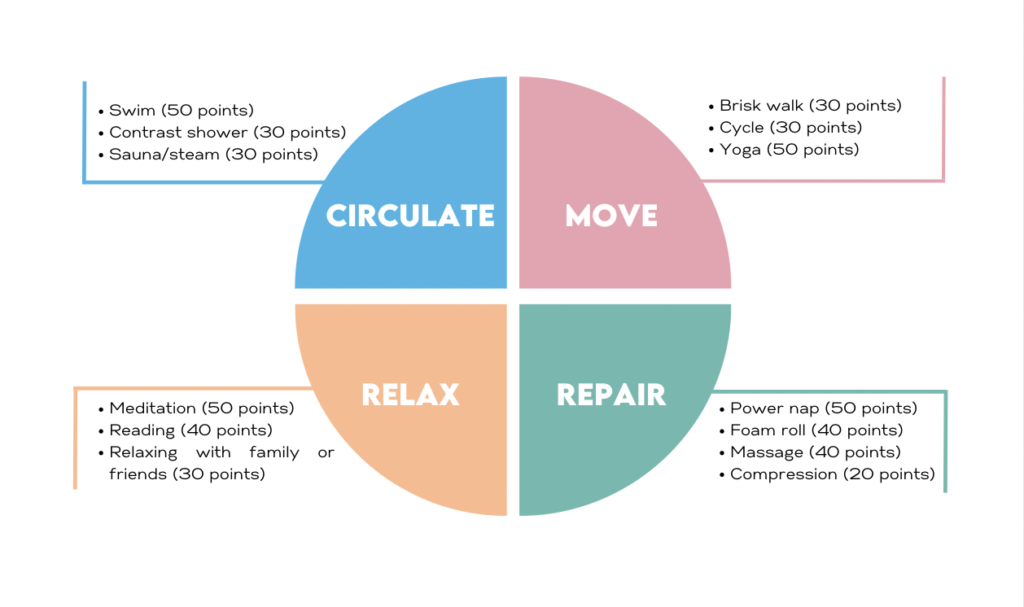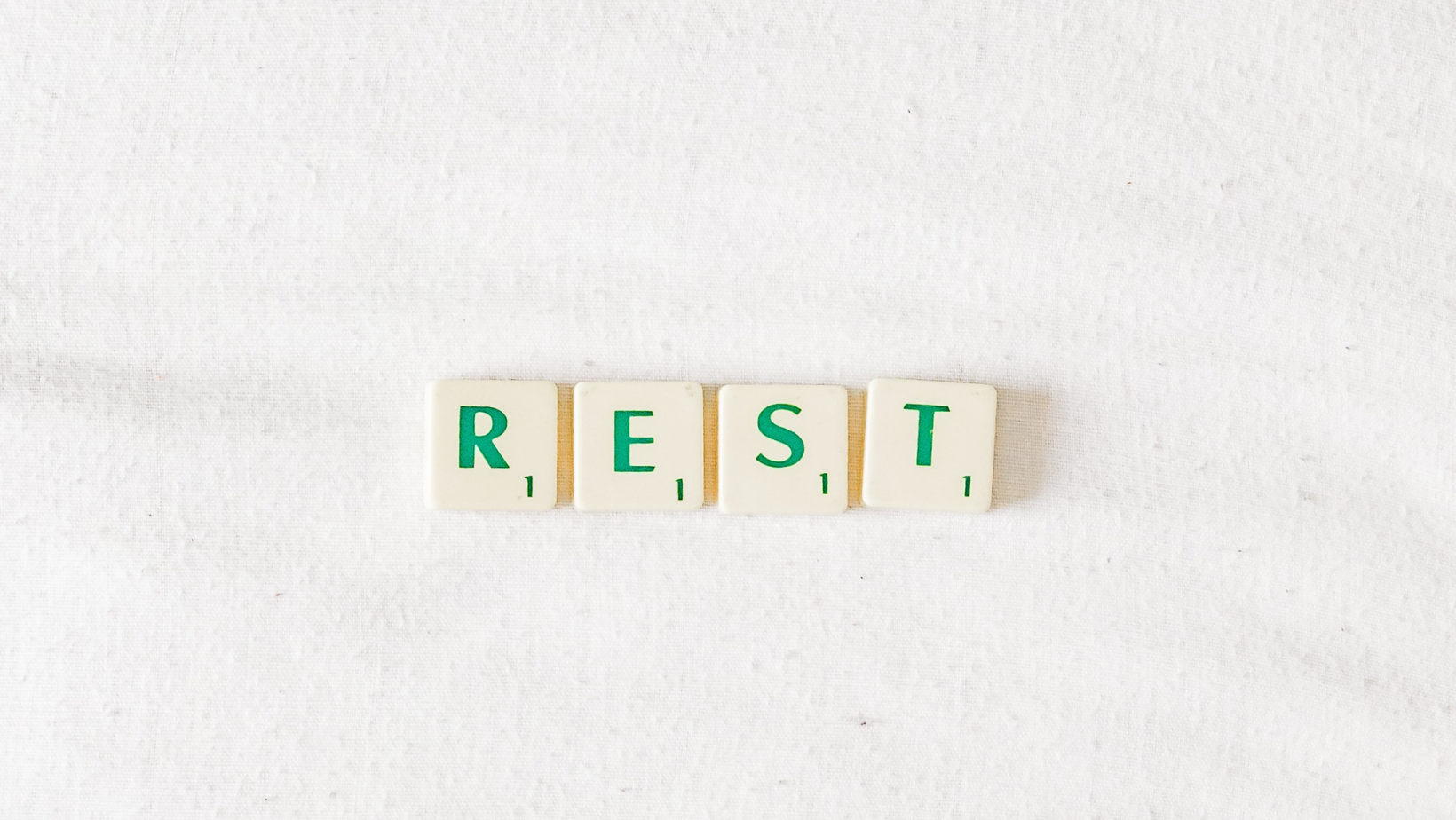Whilst most offices shut down during the Christmas period, many employees are still against taking time off to rest and recover during the festive season. Why is this? Competitive job markets, constant connection to our emails and work and the fear of returning to thousands of urgent emails can make it hard for employees to switch off.
Reassuring employees of their job security and encouraging them to take their annual leave over the Christmas break allows them to get the rest and recovery they need so they can return to work motivated. But what does rest and recovery look like?
Rest vs Recovery
Whilst they are used simultaneously, rest and recovery are two different methods, with a shared aim of returning the body to an initial state. Rest is the absence of effort in an activity, such as watching Netflix or taking a nap. Whereas recovery is a restorative process, where a small effort is needed, but the benefits outweigh it, such as a leisurely walk, swim, or light cycle. When we rest and recover, we allow for physiological processes to take place so that we can maintain high performance, whilst minimising and managing fatigue.
Passive vs Active Recovery
Passive recovery, or rest methods such as sleeping, eating well, getting a massage, or taking a bath can have great benefits including improved sleep quality and quantity, relaxation of the body and mind, and relieving sore muscles or joints. Active recovery methods such as yoga or Pilates, walking or swimming help to reduce stress, maintain mobility and provides an opportunity to socialise.
A recent study compared swimmers who utilised active recovery or complete rest between races. It was found that those who used active methods, had reduced levels of lactate in their blood, and performed better than those who had complete rest, highlighting the importance of active recovery for physical performance.
The Better Being Recovery Points System is a great way to add variety to your recovery methods. Aim for at least 10 minutes of an activity, reaching 50 points either over a weekend or 150 points over a week.

Prioritise rest and recovery over the festive season to ensure you and your employees come back refreshed, less fatigued and motivated in the New Year.





